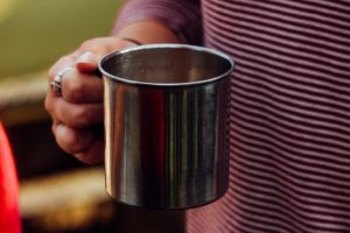Generating profit from wasted coffee by products
During the past decades, there has been a lot of debate about the significance of dealing with coffee residue. In order to have a more economic and environmentally friendly outcome, it is important to examine the ways that coffee waste can aid the industry towards engaging with the circular economy.
With the daily coffee consumption surpassing the 95 million cups in the UK, it’s important to reevaluate the various points at which coffee waste can be tackled. More specifically, there are mainly two stages at which coffee waste is created: the early phase of coffee production and the posterior one.
As far as the early stages of coffee production are concerned, the various ways that the outer skin of the coffee cherry, also known as the “pulp”, can be reproduced, have to be taken into consideration. Instead of it ending up in landfills, the pulp can help battle food insufficiency by acting as an alternative to either flour or tea. This way, the coffee industry’s overall environmental impact can be minimized, and can provide businesses with the opportunity of retailing various byproducts, boosting the circular economy model.
Nevertheless, considering that more than 500,000 tonnes of wasted coffee grounds are generated annually in the UK, the later stage of coffee production is of great importance. There is a variety of ways that used coffee grounds can be reproduced, such as for heating, or to create an environmentally friendly alternative to biodiesel, or producing reusable, recyclable, and durable coffee cups.
Examples like these aid towards creating a more environmentally, socially, and economically sustainable coffee industry. Considering the increasing demand of coffee consumption that leads to higher expectations and desires for high quality coffee beans and coffee machines, handling such a topic is crucial for businesses within the sector.




